
Everything You Never Knew About Dancing Lemurs
Late last month, the Chester Zoo in England announced on Facebook that they had welcomed the first pair of Coquerel’s sifaka lemurs in Europe — otherwise known as dancing lemurs. With the announcement, the zoo posted a charming video of the lemurs bounding and leaping on social media, which has since gone viral, with over 100,000 views on Twitter and Facebook combined. The adorable pair of the critically endangered species — called Beatrice and Elliott — made the 4,000-mile journey from the Duke Lemur Center in North Carolina, a project that has been working on non-invasive research, conservation, and breeding of various lemur species since 1966.
Called “dancing lemurs” because of their unique sideways hopping gait, the two lemurs are the beginnings of a conservative breeding program at Chester — the first in Europe — aiming to help restore the critically endangered population (via International Union for Conservation’s of Nature (IUCN), which the zoo notes has declined 80% in the last 30 years due to loss of its natural habitat on Madagascar.
The sifaka name for dancing lemurs is derived from the unique noise they make while swinging through the trees, which sounds like “shif-auk” (via Duke Lemur Center).
While many people haven’t heard of dancing lemurs, they became a familiar face to many American children on the PBS Kids show “Zoboomafoo,” where the character named Zoboo was portrayed both by a lemur puppet and by a real Coquerel’s sifaka lemur named Jovian, the Duke Lemur Center writes.
Many species of lemurs are threatened
Lemurs are small primates native only to Madagascar and the Comoro Islands (via Britannica). As Live Science notes, there are five primary lemur families, but over 100 different species. Some are tiny, like the Madame Berthe’s mouse lemurs, which only grow to 3.5-4 inches according to Britannica, while the indri is the largest lemur, coming in at an average of 28 inches, the size of a 1-year-old toddler (via Children’s Wisconsin).
While their habitats vary by species — most are tree-dwelling creatures, primarily living in the island’s rainforests. That habitat is being threatened by the human populations on the island, primarily from encroachment of agriculture and destruction of forest areas. Live Science reports that the IUCN estimates that 95% of all lemur species are classified as “at risk,” while 31% of species are critically endangered (via the World Wildlife Fund).
Conservationists at the Chester Zoo have been working with other lemur conservation groups worldwide in the creation of the Mangabe Protected Area, a 27,346 hectare region on Madagascar, created in 2015, to build a sustainable habitat and return of the lost biodiversity to help the lemurs, supported by the local Malagasy peoples.
One thought on “Everything You Never Knew About Dancing Lemurs”
Leave a Reply
You must be logged in to post a comment.

The Tragic Story Of The 1957 Rikers Island Airplane Crash

The Real Reason Vatican City Has One Of The Highest Crime Rates

The Dark Truth About The LuLaRoe Marketing Cult

The Untold Truth Of Samson And Delilah

Atlantis-Inspired Myths That Turned Out To Be True

Here's How Much Your Old Beanie Babies Could Be Worth Now

How Many Times The Shroud Of Turin Has Survived Fire

What The Deadliest Avalanche In US History Was Really Like

The Sad Facts Discovered In Amy Winehouse's Autopsy Report

Everything We Know About Queen Elizabeth's Platinum Jubilee So Far
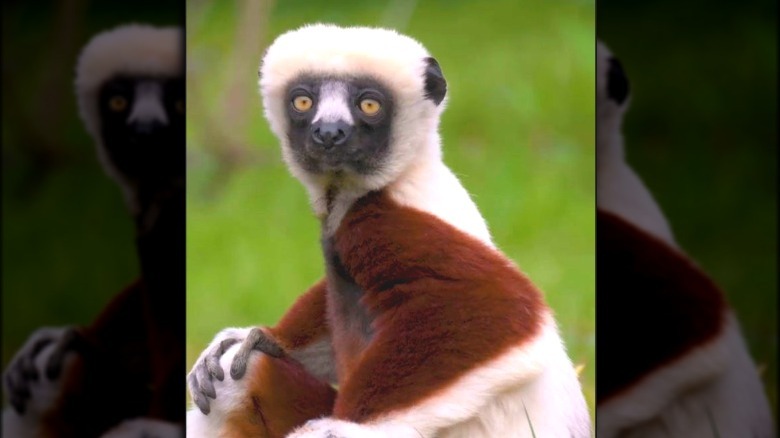







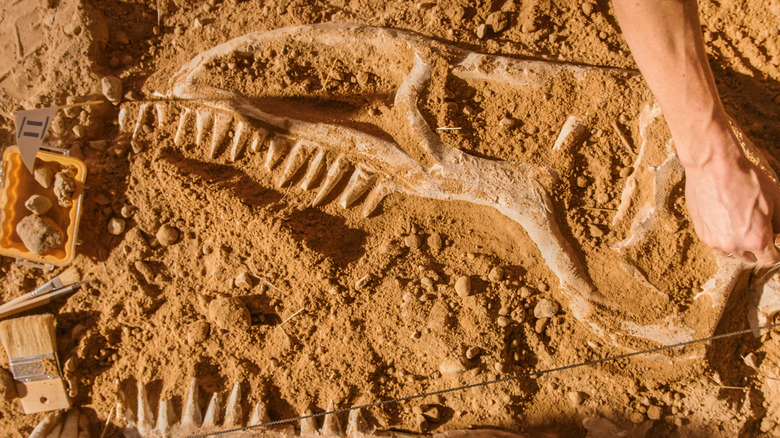

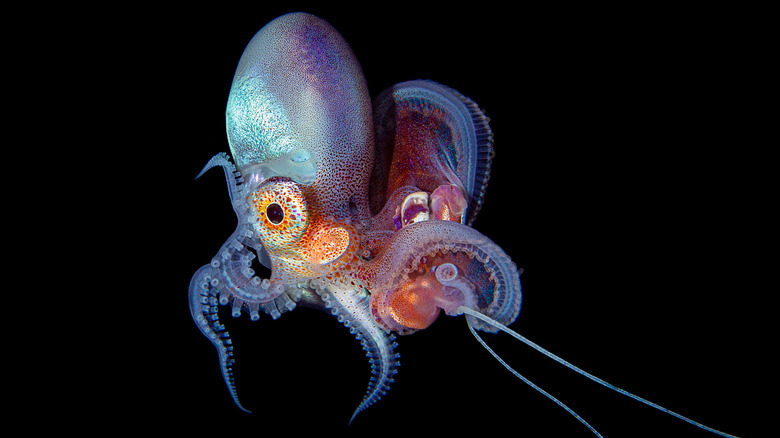







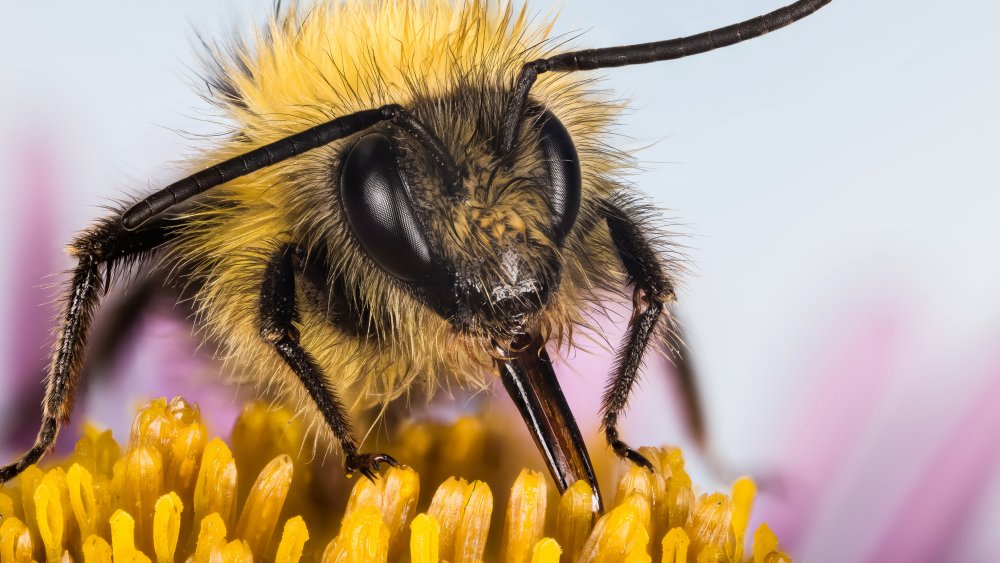

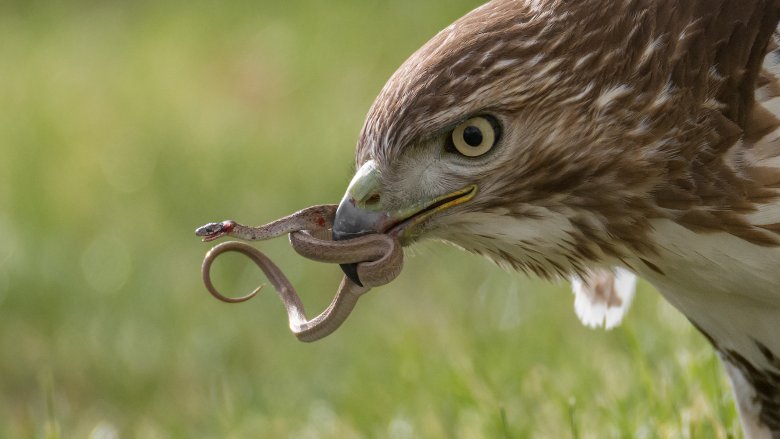



My brother recommended I might like this website. He was entirely right. This post truly made my day. You cann’t imagine simply how much time I had spent for this info! Thanks!